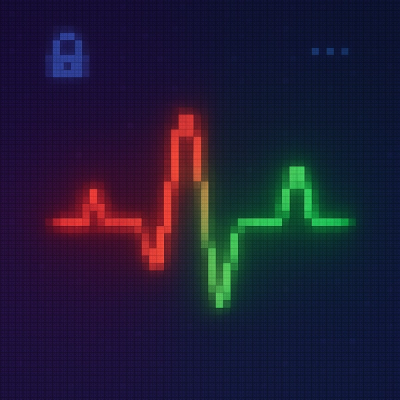
Product
Introducing Socket Firewall Enterprise: Flexible, Configurable Protection for Modern Package Ecosystems
Socket Firewall Enterprise is now available with flexible deployment, configurable policies, and expanded language support.
@operational/scripts
Advanced tools
A TypeScript first toolchain for developing front-end applications
scaffolding for web applications
At Contiamo, we deal with a number of different UI projects written in TypeScript. Each project begins as a greenfield project and usually is scaffolded with starter scripts configured to handle things like code style settings, TypeScript compiler options, linting, precommit hooks on git, et cetera. This starter then grows organically, while its scaffolding scripts go through a number of tweaks.
The end result is an array of no-longer- starter TypeScript codebases that have distinct scaffolding and lack some type of general consistency, homogeny or glue. Instead, we'd like each project to be consistent in its scaffolding, from starter to production, in order to allow each member of our team to be able to immediately read and understand the TypeScript codebase, while abstracting away the complexity of maintaining and piecing together starter scaffolding: dev servers, linters, and other things.
While this starter is no silver bullet to end all onboarding and scalable maintainability, it is an attempt to remedy the problem in a way that is TypeScript first: Operational Scripts allows us to hit the ground running with TypeScript, handling all of the scaffolding around it, including: webpack packaging, development servers, linters taken care of with optimal settings.
Ideally, with this starter, everything just works so long as we have a reasonable project structure[1].
npm install @operational/scripts -DRunning this command will:
tsconfig.json), tslint.json and .prettierrc in your current project with our recommendations..gitignore to include some more files, or adds one if missingpublic folder with a starter HTML template and a configuration file[2].package.json only if they don't already exist:
start: runs webpack-serve with any extra configuration passed in as flags.build: runs the TypeScript compiler and packages for npm. See Build Script for more info.test: runs Jest with TypeScript integration.prePublishOnly: checks if the "main" file in your package.json actually exists before publish.main file.
main file.Creating Operational Scripts as scaffolding for our projects required making some interesting decisions about configuration. These are outlined here for transparency.
At Contiamo, we develop web applications that run standalone, and compose into a suite of web applications that is our final product. In order to create these embeddable applications, we need a two-step build process:
webpack -p web app.npm registry, or the public registry if open source.Running npm build in a package that uses Operational Scripts will run both steps in parallel. If your use case only requires one or the other, simply use the --for flag, specifying the target of the build: production or npm.
npm run build -- --for npm, or npm run build -- --for production will build just what you need.
We still want to be flexible with Operational Scripts because our starter projects evolve, and as they evolve, we may need to extend the starter's scaffolding in certain ways: perhaps we need more granular control over the dev server? What if we have a different entry point? What if we want to use a newer TypeScript loader? Or a different contentBase for static assets?
For this reason, our Webpack configuration is patchable.
Simply place a webpack.config.js at the root of your project, and any settings in there will override our defaults. Any settings not in there will fall back to our defaults.
This allows some control, while abstracting away most other complexity.
In most common cases, webpack configurations are expressed as plain old JavaScript objects. However, in other cases, users might wish to use a function as a module.exported webpack configuration.
Operational Scripts works with this, but has one rule: the function must use reasonable default parameters. The reason for this, is that Operational Scripts merges its own webpack config with the return of the custom webpack configuration function. At the time it invokes this function, it has no idea what to pass in as arguments. Therefore, defaults make sense here.
If your use case requires something even more custom, perhaps going full custom without Operational Scripts might make more sense in that case. If you're unsure, you are always welcome to open an issue and we can have a chat about it.
Issues, Pull Requests and extensions are welcome. No question is a silly question. Head on over to issues to see where you could get involved, or to open one that will help us further improve this project.
src at the root of your project.FAQs
A TypeScript first toolchain for developing front-end applications
We found that @operational/scripts demonstrated a not healthy version release cadence and project activity because the last version was released a year ago. It has 6 open source maintainers collaborating on the project.
Did you know?

Socket for GitHub automatically highlights issues in each pull request and monitors the health of all your open source dependencies. Discover the contents of your packages and block harmful activity before you install or update your dependencies.

Product
Socket Firewall Enterprise is now available with flexible deployment, configurable policies, and expanded language support.

Security News
Open source dashboard CNAPulse tracks CVE Numbering Authorities’ publishing activity, highlighting trends and transparency across the CVE ecosystem.

Product
Detect malware, unsafe data flows, and license issues in GitHub Actions with Socket’s new workflow scanning support.